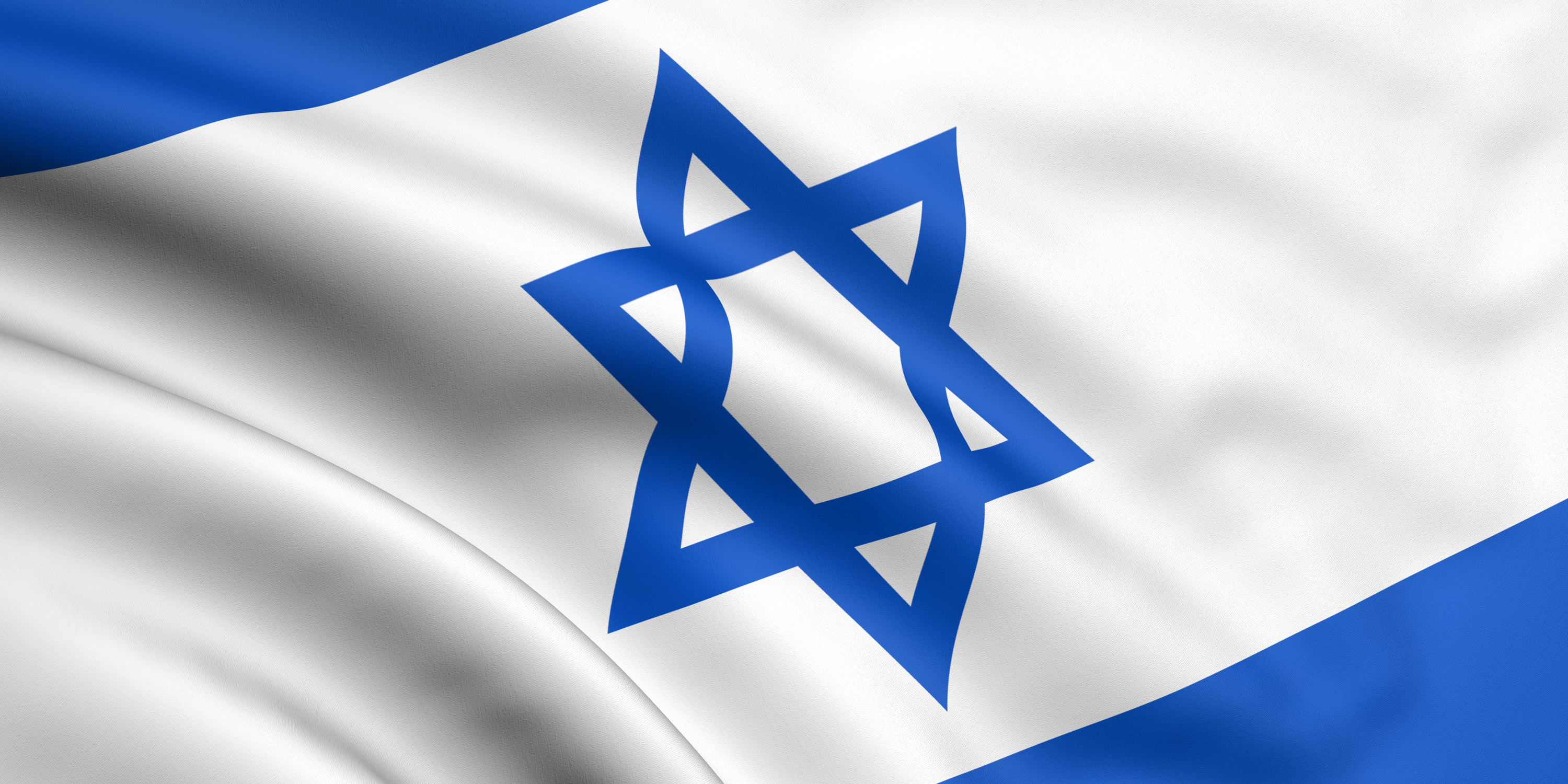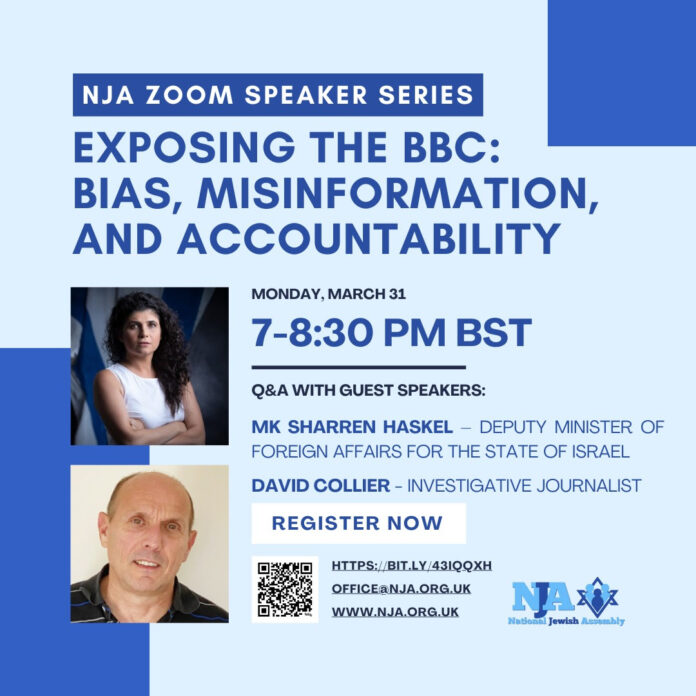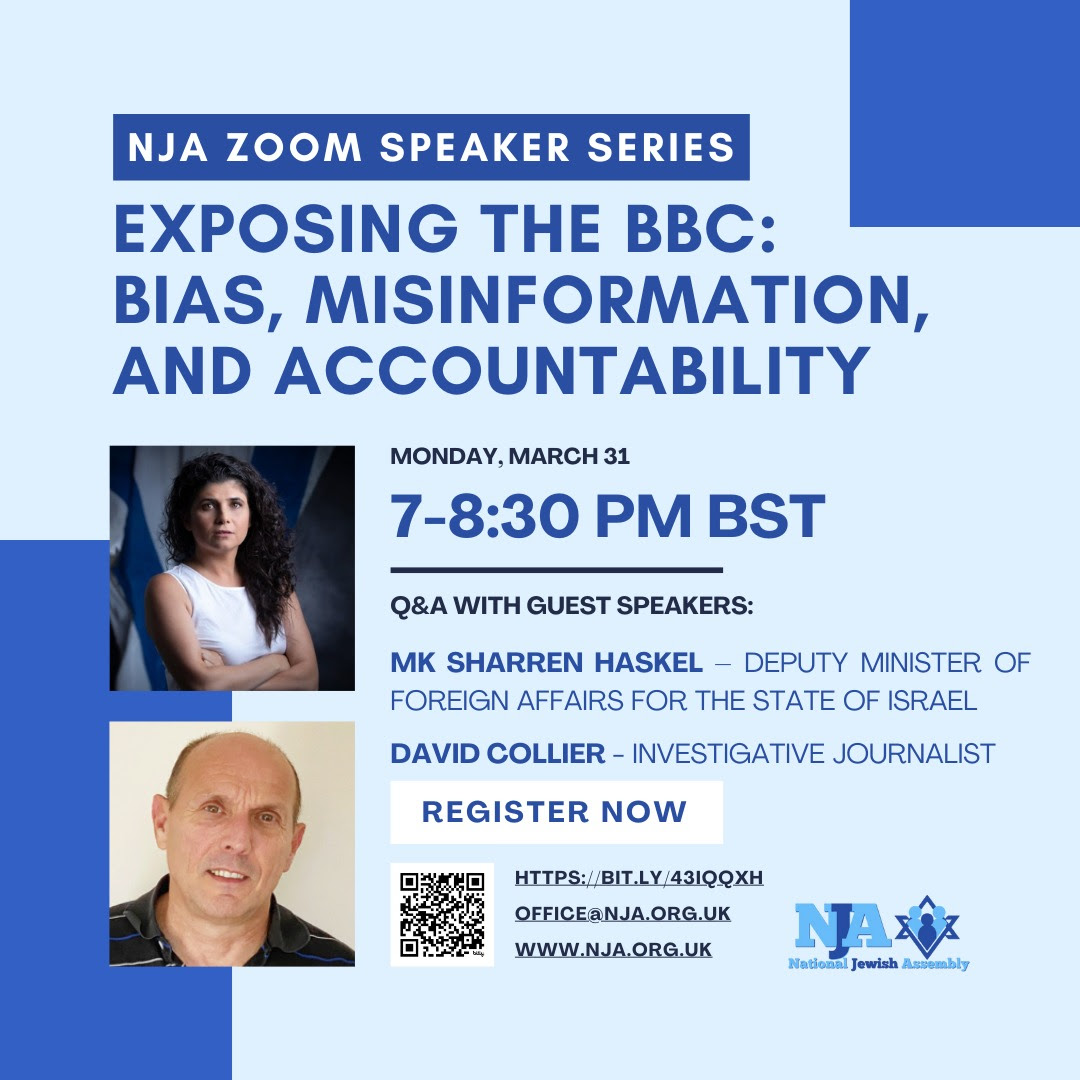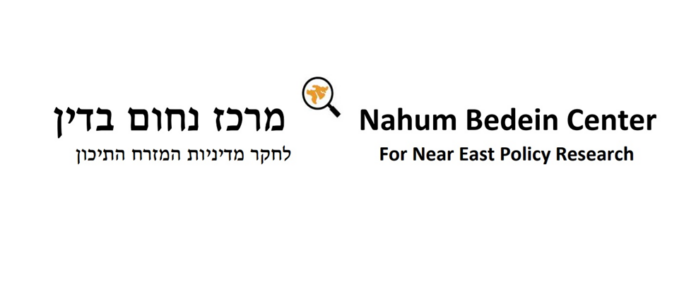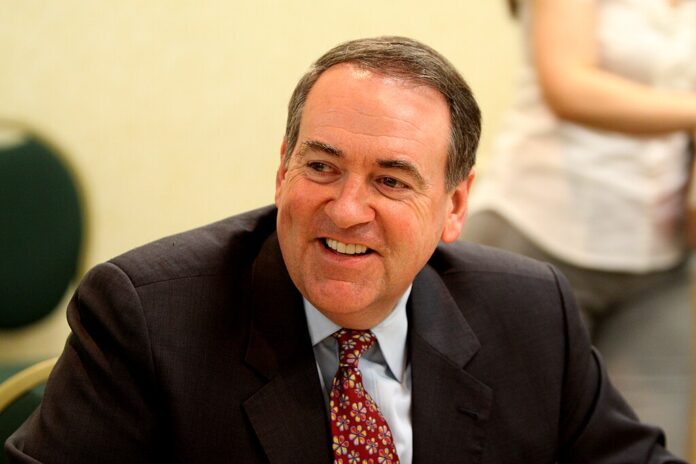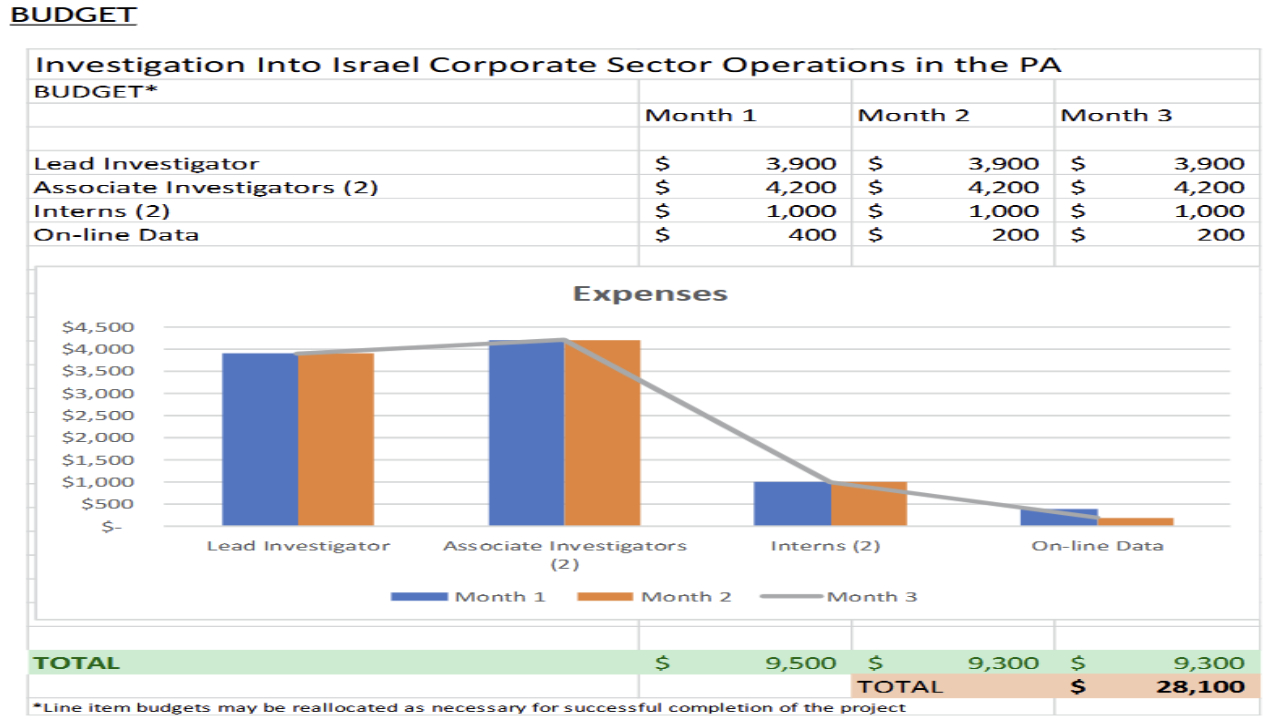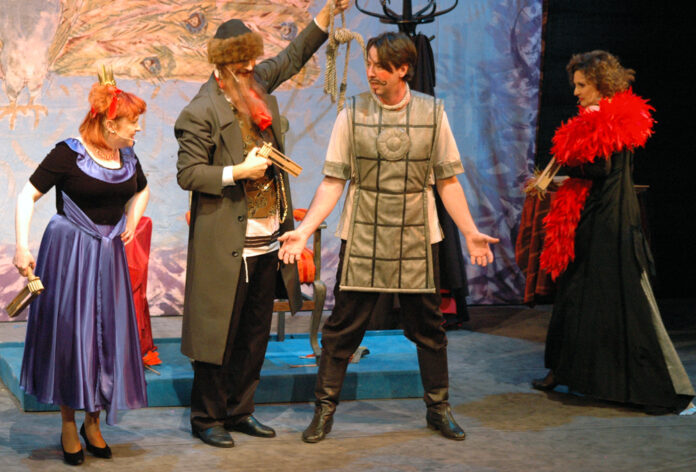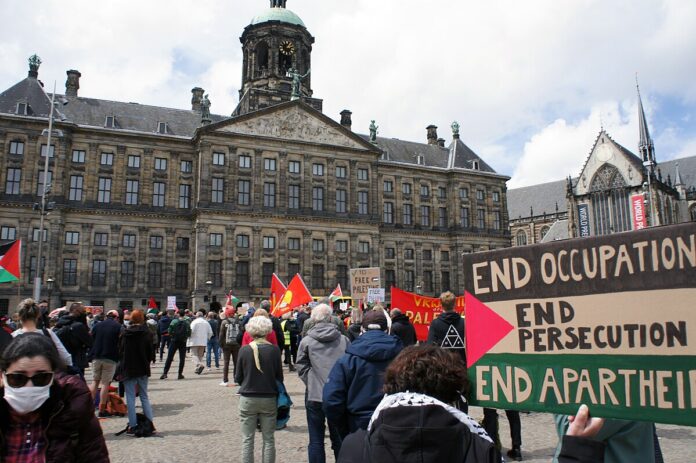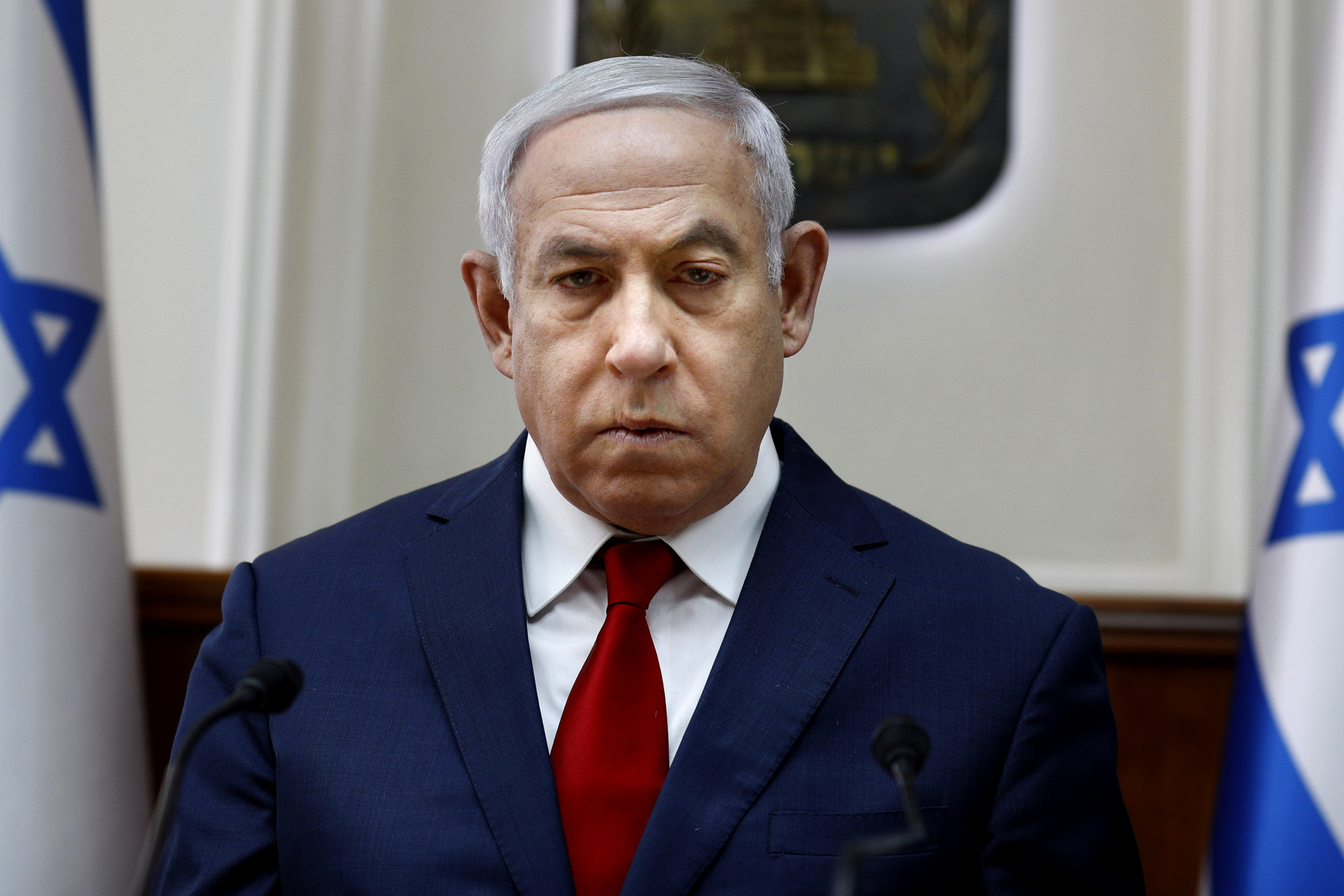A bombshell new investigation from international human rights group UN Watch exposes the disturbing links between the UNRWA and Palestinian terror organizations. According to the report, Hamas and Palestinian Islamic Jihad have not only infiltrated the $1.5 billion UN-funded agency but are actively influencing its operations and fueling violence against Israelis.
The explosive findings reveal that UNRWA has employed Hamas militants, allowing the terror group to interfere with key agency policies and operations in Gaza and Lebanon.
UN Watch is calling for the immediate dismantling of UNRWA, saying the organization has become a conduit for terrorism and a facilitator of violence in the Middle East.
“UNRWA isn’t just a bystander in the Arab-Israeli conflict – it’s a primary enabler,” observes Hillel Neuer, Executive Director of UN Watch. “By allowing terrorists to infiltrate its ranks and incite violence, UNRWA isn’t promoting peace, they’re perpetuating hatred and war.”
The report includes images of terror leaders with UNRWA officials, and details years of instances where leadership of the UN agency closely cooperated with terror groups in secret. The report implicates many members of UNRWA leadership, including current-UNRWA Commissioner-General Philippe Lazzarini.
“People need to understand that UNRWA isn’t the firefighter, it’s the arsonist. The U.S. and other Western nations who have given billions to UNRWA need to wake up. Your money is being used to employ terrorists, indoctrinate children, and build the infrastructure of hate and violence. The U.S. alone has given more than $1 billion to UNRWA over the past four years. This is a betrayal of your taxpayers and your values.”
“The time has finally come to dismantle UNRWA, an agency that glorifies terrorism,” said Neuer.
______________
Read Full Report: The Unholy Alliance: UNRWA, Hamas, and Islamic Jihad
An investigation into the secret ties between terrorist organizations and the UN’s largest aid agency
Executive Summary
 This report reveals how UNRWA, despite its claims to be a humanitarian agency, has forged an unholy alliance with Hamas, Palestinian Islamic Jihad, and other terrorist organizations. This secret relationship allows the terrorist organizations to significantly influence the policies and practices of a UN agency with 30,000 employees, and a $1.5 billion annual budget that is funded primarily by Western states.
This report reveals how UNRWA, despite its claims to be a humanitarian agency, has forged an unholy alliance with Hamas, Palestinian Islamic Jihad, and other terrorist organizations. This secret relationship allows the terrorist organizations to significantly influence the policies and practices of a UN agency with 30,000 employees, and a $1.5 billion annual budget that is funded primarily by Western states.
The report shows how UNRWA’s international officials, and its senior local managers, routinely meet with terrorist groups in Lebanon and Gaza, mutually praise each other for “cooperation,” and describe each other as “partners.”
The terrorist groups frequently make demands of UNRWA and influence its decisions. Moreover, when the terrorists oppose specific actions by UNRWA— such as the introduction of biometric IDs for beneficiaries of UNRWA financial assistance, an ethics code affirming LGBT rights, or suspension of employees for promoting terrorism—the terrorist groups are often able to foil implementation, including by issuing threats.
Examples of the UNRWA-Terrorist Alliance
Examples of the UNRWA-terrorist alliance, documented in the report below with 68 photos obtained from open sources, include:
- UNRWA Commissioner-General Philippe Lazzarini made a deal with Jihadi terrorist groups, at a Beirut meeting in May 2024, by which UNRWA allowed Hamas leader Fathi Al-Sharif to remain as principal of a major UNRWA school, and as the head of the UNRWA Teachers Union. For years, Al-Sharif had openly glorified Hamas terrorist attacks, including on his Facebook page, and published photos of his fraternization with heads of terrorist organizations. Contrary to its claims of robust neutrality mechanisms, UNRWA for years allowed Al-Sharif to occupy a senior position overseeing thousands of UNRWA teachers and students. Only when a formal complaint was made to UNRWA by a government, in early 2024, did the agency give Al-Sharif a slap on the wrist by suspending him. Immediately, Hamas and other terrorist groups responded by effectively shutting down UNRWA in Lebanon, mobilizing massive protests by UNRWA teachers and students. Three months into the shutdown, Lazzarini flew to Beirut and met with the alliance of terrorist organizations who were behind the strike. Local media reported on June 1, 2024 that Lazzarini and the terrorist groups reached “understandings” that would lead to a “positive” result for Al-Sharif, and the strike was called off. On September 30, 2024, Al-Sharif was eliminated by an IDF missile. Hamas announced that indeed he had been their leader in Lebanon, and eulogized the senior UNRWA figure for his “Jihadi education.”
- Former UNRWA Commissioner-General Pierre Krahenbuhl met with terrorist leaders from Hamas and Palestinian Islamic Jihad, in February 2017, where he emphasized the “spirit of partnership” between them and UNRWA. He invited the terrorist leaders to privately challenge any UNRWA decision which he could then change or “tear up.” The head of UNRWA urged the Jihadi terrorist groups to ensure that their “discussions not be made public” so as to avoid harm to UNRWA’s “credibility.” Mr. Krahenbuhl, who was forced to leave UNRWA in 2019 due to a corruption and sexual abuse scandal, was this year absurdly appointed to head the International Red Cross, prompting a sharp protest by 17 members of the United States Senate.
- Likewise, in June 2022, current UNRWA chief Lazzarini stressedthe importance of “partnership” with Gaza terrorist groups. He met regularly with Gaza terrorist groups under the umbrella of the “Joint Refugee Committee,” which is headed by Mahmoud Khalaf, a member of the central committee of the Democratic Front for the Liberation of Palestine (DFLP), designated as a terorrist organization by the United States and the European Union.
- Matthias Schmale, the former UNRWA director in Lebanon, addressed a Hamas rally in August 2018 alongside Ali Baraka, one of six Hamas terrorist leaders indicted in September by the US Department of Justice, as the latter told the crowd that donor states must support UNRWA “until we return to Palestine.” Schmale thanked the terrorist groups “for their understanding” and reassured them that UNRWA is on their side. In October 2020, now serving as UNRWA Director in Gaza, Schmale met with the Joint Refugee Committee headed by DFLP official Mahmoud Khalaf, to discuss “the problem of forcibly dismissed employees.” In numerous such cases, local UNRWA staff suspended for links to terrorism were reinstated under pressure by the terrorist groups.
- Former Deputy Commissioner-General Leni Stenseth personally went to Gaza, in June 2021, to kowtow before Yahya Sinwar, the Hamas terror chief who masterminded the October 7th massacre. Hamas had been angry with UNRWA after its then Gaza Director Matthias Schmale, an ardent supporter of the Palestinian narrative, unwittingly admitted in a TV interview that Israeli strikes on Hamas, during the May 2021 war, were “very precise.” The interview was widely shared by supporters of Israel. Outraged, Hamas declared Schmale a persona non grata, and orchestrated mob protests to threaten him. Stenseth obediently removed Schmale from his post, throwing him under the bus to appease Sinwar, and called Schmale’s interview “indefensible.” She went to visit Sinwar in Gaza to personally thank him “for his positivity and desire to continue cooperation in facilitating the agency’s work in the Gaza Strip.” Stenseth is now Director-General of the foreign ministry of Norway, UNRWA’s most ardent state supporter. Stenseth uses her current position to fund groups that lobby for UNRWA, such as the Chr. Michelsen Institute, which was unethically chosen to conduct the “independent review” of UNRWA led by Catherine Colonna.
- UNRWA Lebanon Director Dorothee Klaus shared a stage with the leader of Hamas in Lebanon, Fathi Al-Sharif, was as noted above was also an UNRWA school principal and head of the UNRWA Teachers Union. At the event, before a cheering crowd, Al-Sharif proclaimed his support for “the resistance.” Ms. Klaus did not object.
- UNRWA managers have participated at an annual Hamas conference which discusses internal UNRWA affairs such as employee vacancies and UNRWA Teachers Union elections. At the 2021 conference, Hamas offiical Ahmad Abd Al-Hadi announced the launching of a joint committee to “supervise the relationship with UNRWA and ensure it implements its obligations.”
- In February 2018, UNRWA Program Director in Lebanon Gwyn Lewis met with Hamas official Ahmad Fadl, and they agreed on “ongoing cooperation and coordination.”
- UNRWA regional directors routinely meet with local terrorist leaders for “cooperation and coordination.” At a November 2017 meeting, they told UNRWA’s Sidon Director Fawzi Kassab that UNRWA must exist until Palestinian refugees “return to their homes” and threatened that if donors do not continue funding UNRWA, the Palestinians will start a “popular revolution.”
- In February 2022, UNRWA Lebanon Director Claudio Cordone, the former acting chief of Amnesty International, visited Ain Al-Hilweh camp to meet with a coalition of terrorist groups, including Hamas, Islamic Jihad, and Ansar Allah. The terrorists told Cordone that the Palestinian issue in Lebanon is “a political issue and cannot be reduced to a humanitarian or security issue.” Likewise, in January 2018, Cordone met with Hamas official Ahmad Abd al-Hadi who affirmed that the terrorists support UNRWA because it “remains a living witness to the 1948 Nakba.” Contrary to what the world is told, UNRWA’s main purpose is not humanitarian aid, but rather to promote the narrative that Israel’s creation was an “injustice” and that the Palestinians will one day dismantle Israel.
- In February 2017, UNRWA Lebanon Director Hakam Shahwan told terrorist leaders that UNRWA was “fully prepared” to have “a strong partnership mechanism” with them, so long as the partnership should not reach a stage “where some believe that we are partners in decision-making.”
Conclusion
This report reveals how UNRWA’s senior management not only knowingly employ individuals tied to Hamas terrorism, but also allow the terrorist groups to influence critical agency decisions and policies.
Through uncovered photographic evidence, the report exposes the close relationship top UNRWA officials have with designated terrorist organizations.
Current and former UNRWA officials with terrorist ties included in the report are:
- UNRWA Commissioner-General Philippe Lazzarini (2019-present)
- UNRWA Commissioner-General Pierre Krähenbühl (2014-2019)
- UNRWA Director-General in Lebanon Dorothee Klaus (2023-present)
- UNRWA Director-General in Lebanon Claudio Cordone (2017-2022)
- UNRWA Deputy Director of Programs in Lebanon Gwyn Lewis (2015-2018)
- UNRWA Director-General in Lebanon and Director of Operations in Gaza Matthias Schmale (2015-2021)
- UNRWA Director-General in Lebanon Hakam Shahwan (2016-2017)
- UNRWA Gaza Director Thomas White (2021-2024)
- Acting UNRWA Director-General in Lebanon Munir Manna (2023)
- UNRWA Director-General in Lebanon Ann Dismorr (2012–2015)
- UNRWA Deputy Commissioner-General Leni Stenseth (2020–2023)
- Numerous UNRWA Regional Directors in Lebanon






